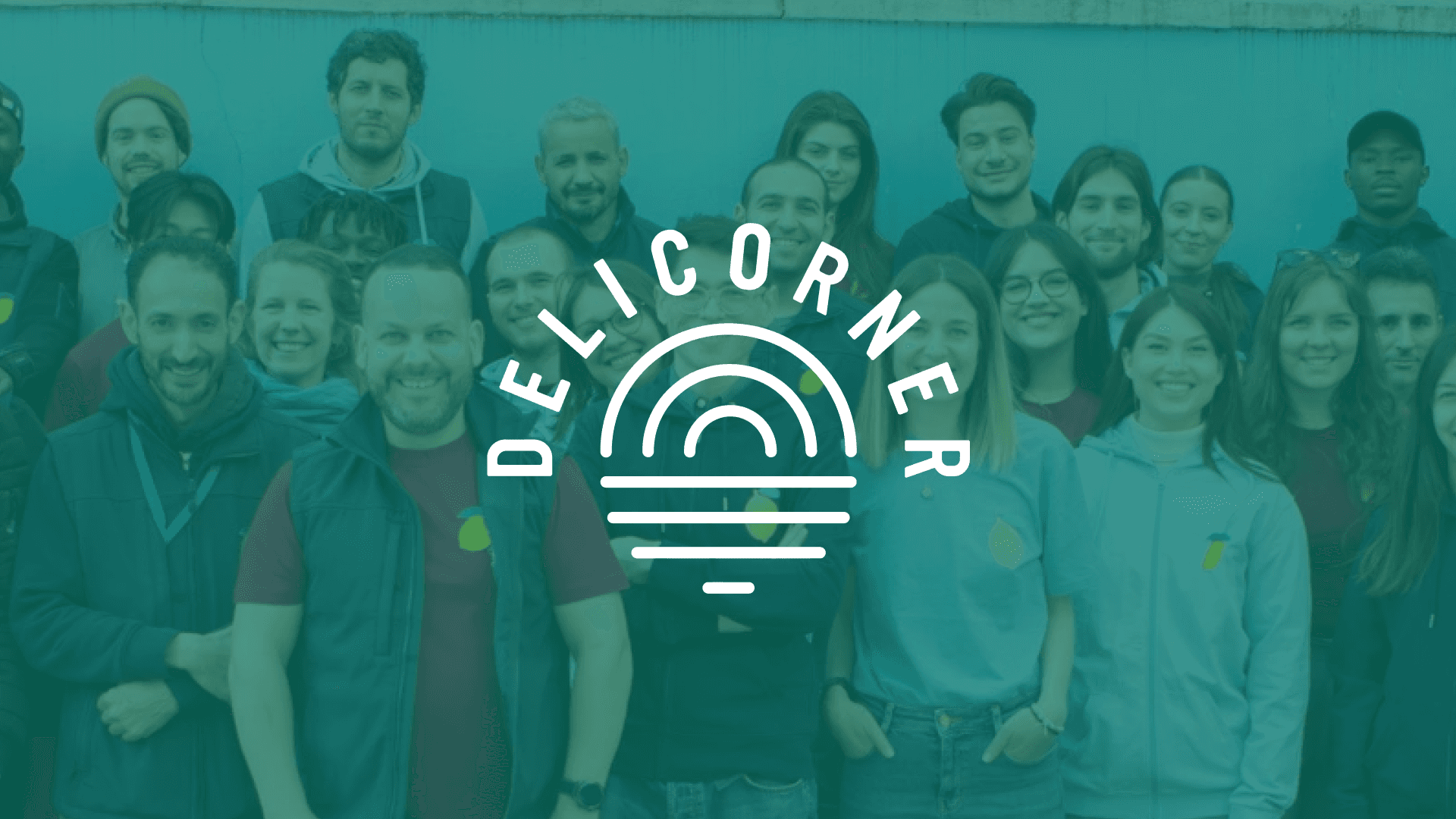Designing the Ideal Signup Flow: Balancing Friction
User experience has become a cornerstone of successful digital products. It's crucial when it comes to onboarding, which often begins with the signup flow. The design of this flow is vital as it can determine whether a user will continue with a product or abandon it.
This article delves into best practices for designing adequate signup flows, including balancing friction and providing actionable tips for optimizing UX.
What is Friction in Signup Flows?
The term “friction” in the context of UX refers to any element or process that impedes the user's journey, particularly during the signup process. It includes various aspects like the number of steps involved, the amount and complexity of information requested, and any extra activities such as email verification or captcha.
Friction-based signup flows intentionally introduce these "obstacles" to filter out unserious users, gather more data, or qualify leads. On the other hand, frictionless signup flows minimize these barriers, offering users the quickest possible access to the product.
Understanding the level of friction in your signup flow is crucial because it directly impacts the user's initial experience and could determine whether they continue using the product.
Discover our saas onboarding tool!
When to Implement Friction in Signup Flows?
While friction is generally perceived negatively, there are instances where introducing some degree of friction can be beneficial. Here are some cases:
Complex products: If your product requires a certain level of understanding to derive value, a friction-based signup process can help guide users through the initial setup or configuration. It ensures users are adequately prepared to use the product and reduces the likelihood of confusion, frustration, or product abandonment later on.
Qualifying leads: If you want to attract serious users or those who are more likely to convert, adding a few extra steps can be helpful. These hurdles discourage users who are not genuinely interested in your product.
Premium products: If your offering targets the higher end of the market and you want to cultivate an exclusive brand perception, a friction-based signup flow can help reinforce this image.
When opting for a Frictionless Signup Flow?
Conversely, a frictionless signup flow is often more appropriate in these scenarios:
Intuitive products: If your product is simple and self-explanatory, a frictionless signup flow would likely be the best fit. It lets users dive right into the experience and start exploring the product immediately.
Mass-market products: For products targeting a broad audience or the lower end of the market, a quick and easy signup process can help maximize conversions and rapidly grow your user base.
No technical setup required: If users can start using your product immediately without any additional setup, a frictionless signup flow would be most suitable.
5 Quick Wins for Improving Your Signup Flow
Implementing strategic, low-effort adjustments to your signup flow can yield significant improvements. Below, we outline a series of 5 actionable, straightforward strategies designed to refine your signup process, delivering a more intuitive and user-friendly experience.
1. Streamline Form Fields: Complexity and lengthiness in signup forms can deter potential users. By meticulously evaluating and minimizing the number of required fields, you can significantly reduce user effort and friction. Focus on essential information only, ensuring a smoother transition for users into your product ecosystem. This practice not only accelerates the signup process but also reduces abandonment rates.
2. Integrate Social Logins: The user values convenience and speed. Incorporating social media logins facilitates a seamless entry point into your service, leveraging existing online profiles. This method not only expedites the process by eliminating the need for users to remember another set of login credentials but also enhances the overall user experience by connecting their social presence with your product.
3. Implement Progress Indicators: For services necessitating a multi-step signup process, transparency is key. Employing progress indicators offers users a clear visual cue of their current position within the process and the steps remaining. This transparency can significantly mitigate user frustration, decrease abandonment, and foster a sense of accomplishment as users advance through the signup.
4. Optimize for Mobile Users: With the predominance of mobile internet usage, ensuring your signup flow is optimized for mobile devices is paramount. This entails designing for smaller screens, streamlining interactions to suit touch inputs, and minimizing data entry requirements. A mobile-friendly signup process is crucial for capturing the broad spectrum of users who primarily interact with digital services through mobile devices.
5. Utilize Clear and Concise Messaging: Clarity in communication during the signup process cannot be overstated. Employing straightforward, jargon-free language to guide users through the signup steps not only clarifies what is expected but also why certain information is being requested. This approach can help demystify the process, reduce hesitancy, and build trust between your product and its users.
By embracing these quick wins, organizations can efficiently refine their signup flows, making them more accessible, user-friendly, and effective at converting visitors into active users. These adjustments, while minor in effort, can have a profound impact on the initial user experience, setting a positive tone for the user's journey with your product.
Striking the Right Balance
There is no 'one-size-fits-all' approach to designing the perfect signup flow. The best practices will largely depend on your product, market positioning, and user behavior analysis. The goal should always be to create a seamless onboarding process that aligns with your users' expectations and your business objectives.
Take the time to understand your users, their needs, and their journey. Regularly review your onboarding flows and don't be afraid to experiment and make changes as needed. Remember, the more you align your signup process with your users' expectations and needs, the more likely you will create an engaging and satisfying user experience that keeps them coming back.





